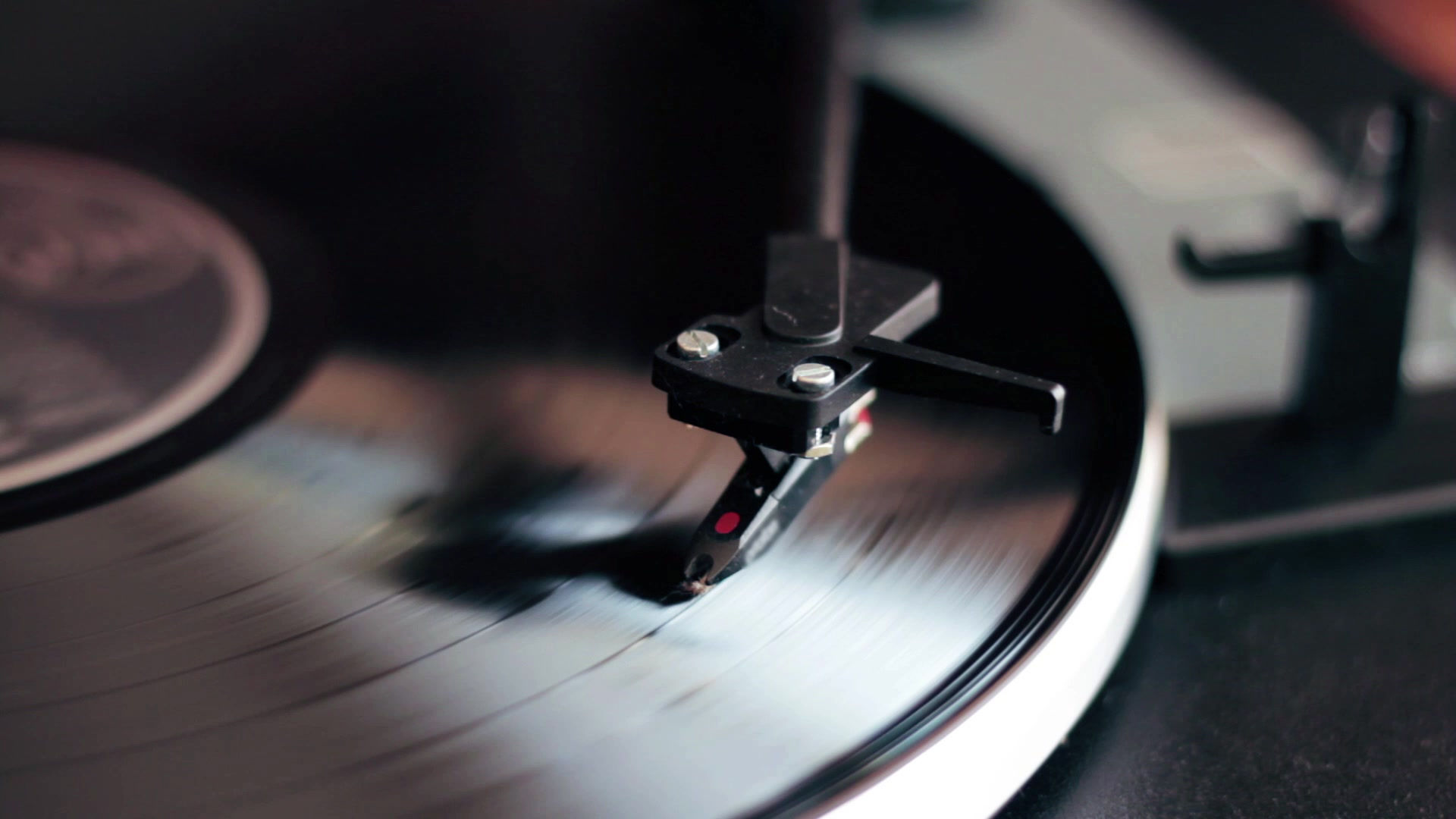
Ceramics 1
Ceramics 1
Unity-Principle of Design
Unity-Principle of Design
Unity-Principle of Design
Unity-Principle of Design
Unity-Principle of Design
Unity-Principle of Design

Lines are everywhere. You can see lines in the grain of a piece of wood or in the cracks on a sidewalk.
In art, Line is an element of art that is the path of a moving point through space.
Lines are used to:
-
Create boundaries between shapes
-
Create boundaries between colors, textures or values
-
Lead the eye from one space to another
-
Create textures
-
Suggest emotional qualities
Lines are everywhere. You can see lines in the grain of a piece of wood or in the cracks on a sidewalk.
In art, Line is an element of art that is the path of a moving point through space.
Lines are used to:
-
Create boundaries between shapes
-
Create boundaries between colors, textures or values
-
Lead the eye from one space to another
-
Create textures
-
Suggest emotional qualities
Classwork & assignments
Grid drawing is a very old technique of transferring images (from sketches to a full size canvas or fresco, etc...)
Always make sure that the number of squares on the original picture and your working area are exactly the same (even if the size of the squares are bigger on the paper). This is because no matter how many times bigger (or smaller) you make the drawing, the proportions and dimensions can only stay the same if the number of boxes (squares) matches exactly.
Make sure you follow all steps below.
2.3.2 The Van Eycks and Rogier van der Weyden
Movement & Rhythm- Principle of Design

Movement is the path our eyes follow when we look at a work of art.
Repetition can create movement when elements which have something in common are repeated regularly or irregularly sometimes creating a visual rhythm. Repetition doesn’t always mean exact duplication either, but it does mean similarity or near-likeness.
Movement can also be created by action. In two-dimensional works of art, action must be implied.
Implied action in a painting creates life and activity within the composition. This is best illustrated by the direction the eye takes along an invisible path created by an arrow, a gaze, or a pointing finger.
Rhythm can be described as timed movement through space; an easy, connected path along which the eye follows a regular arrangement of motifs. The presence of rhythm creates predictability and order in a composition.
Visual rhythm may be best understood by relating it to rhythm in sound.

Action can also be indicated by the “freeze frame” effect of an object in motion, such as bouncing ball suspended in mid air, a jogger about to take the next step, or a swimmer taking a dive, etc.




Linear rhythm refers to the characteristic flow of the individual line. It is not as dependent on pattern, but is more dependent on timed movement of the viewer’s eye.
Slideshow









